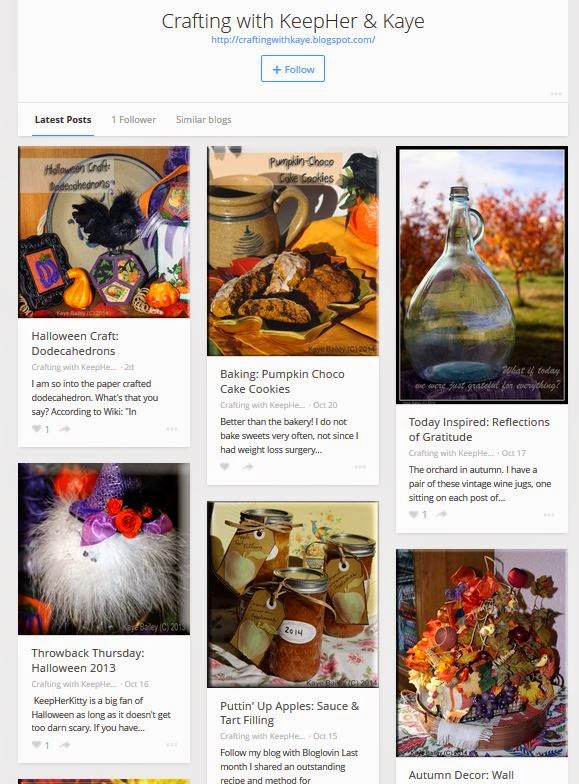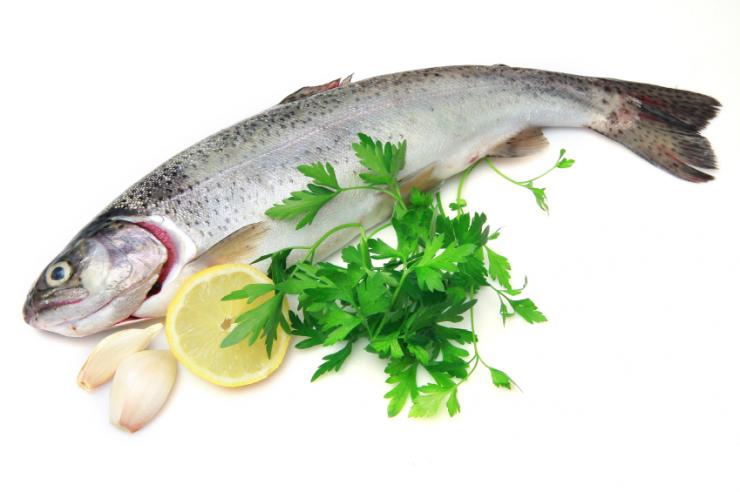The 5 Day Pouch Test: Express Study Guide
The
American Heart Association is a terrific source of dietary
information for improved heart health. While keeping in mind the
traditionally prescribed high protein diet for weight loss surgery
patients we most certainly can benefit from the generalized information
from the AHA. Here I've pulled some questions and answers regarding fish intake in the heart healthy diet:
"Enjoy fish baked or grilled, not fried. Choose low-sodium, low-fat seasonings such as spices, herbs, lemon juice and other flavorings in cooking and at the table." AHA
How often should I eat fish?
The American Heart Association recommends that consumers without documented coronary heart disease (CHD) eat a variety of fish, preferably oily fish (salmon, tuna, mackerel, herring and trout), at least twice a week.
Remember: Two Fish Meals a Week
When we talk about the advantages of eating fish, we’re talking about over the long term – which comes from eating it twice a week," said Alice Lichtenstein, D.Sc., former chair of the American Heart Association's Nutrition Committee. Remember the adage that an apple a day keeps the doctor away? “Eat fish twice a week” isn’t quite as catchy, but Dr. Lichtenstein believes it could have the same effect.“This is not new advice,” she adds. “The problem is people don’t seem to embrace it.”
American Heart Association
Are there differences in omega-3 fatty acid content between wild fish and farm-raised fish?
Some farmed fish can have higher levels of omega-3 fatty acid than wild fish, and vice versa. The omega-3 fatty acid content of wild fish can vary by the temperature of their environment (i.e., higher during the summer than winter), while the omega-3 fatty acid content of farmed fish can vary based on what they are fed.
The American Heart Association recommends eating fish at least twice a week, especially species high in omega-3 fatty acid such as salmon, mackerel, herring and trout, regardless of whether they are wild or farmed.
If I eat fish at least twice a week, should I worry about contamination?
For middle-aged men and for post-menopausal women, the benefits of eating fish a few times per week far outweigh the potential risks.
As fish consumption increases, the number of fatal cardiovascular events decreases and the cardiovascular benefit increases.
Research has shown that omega-3 fatty acids may help decrease the risk of arrhythmias (irregular heartbeats) and may help slow the growth rate of artery-clogging plaque. Scientific evidence shows that eating fish is associated with reduced cardiovascular risks and increased health. Based on these benefits, and the fact that most people do not eat recommended amounts of fish, it seems reasonable to recommend that people eat more fish.
Pregnancy: For women who are or may become pregnant, nursing mothers and young children, the benefits of eating fish twice per week are also greater than the potential risks. However, four specific fish species (shark, swordfish, king mackerel and tilefish) should be avoided to minimize exposure to mercury. In addition, albacore tuna can be eaten but should be limited to six ounces (one average meal) per week.
The potential risks from other contaminants (such as PCBs or dioxins, which are also found in trace amounts in many foods) are exceedingly small relative to the benefits of eating fish, so you don’t need to be concerned about eating fish because of this potential issue. (If you eat a lot of sports-caught freshwater fish from local waters, check your local advisories.) Consumers should remove the skin and surface fat before cooking to reduce the risk of eating contaminants.
Should I take fish oil supplements?
Fish intake has been associated with a lower risk of heart disease. The American Heart Association recommends that consumers without documented coronary heart disease (CHD) eat a variety of fish, preferably oily fish (salmon, tuna, mackerel, herring and trout), at least twice a week. Consuming fish oil supplements should only be considered by people with heart disease or high levels of triglycerides who consult with their physicians.
People with documented CHD are advised to consume about 1 gram per day of the fish oils EPA and DHA (eicosapentaenoic and docosahexaenoic acids), preferably from oily fish, although EPA+DHA supplements could be considered in consultation with their physicians.
People who have elevated triglycerides may need two to four grams of EPA and DHA per day provided as capsules under a physician’s care. Very high intake (greater than three grams of EPA+DHA per day) could theoretically cause excessive bleeding in some people.
For more healthy heart and lifestyle information visit
AHA: Getting Healthy
 Ingredients
Ingredients























 Published with permission from
Published with permission from 

